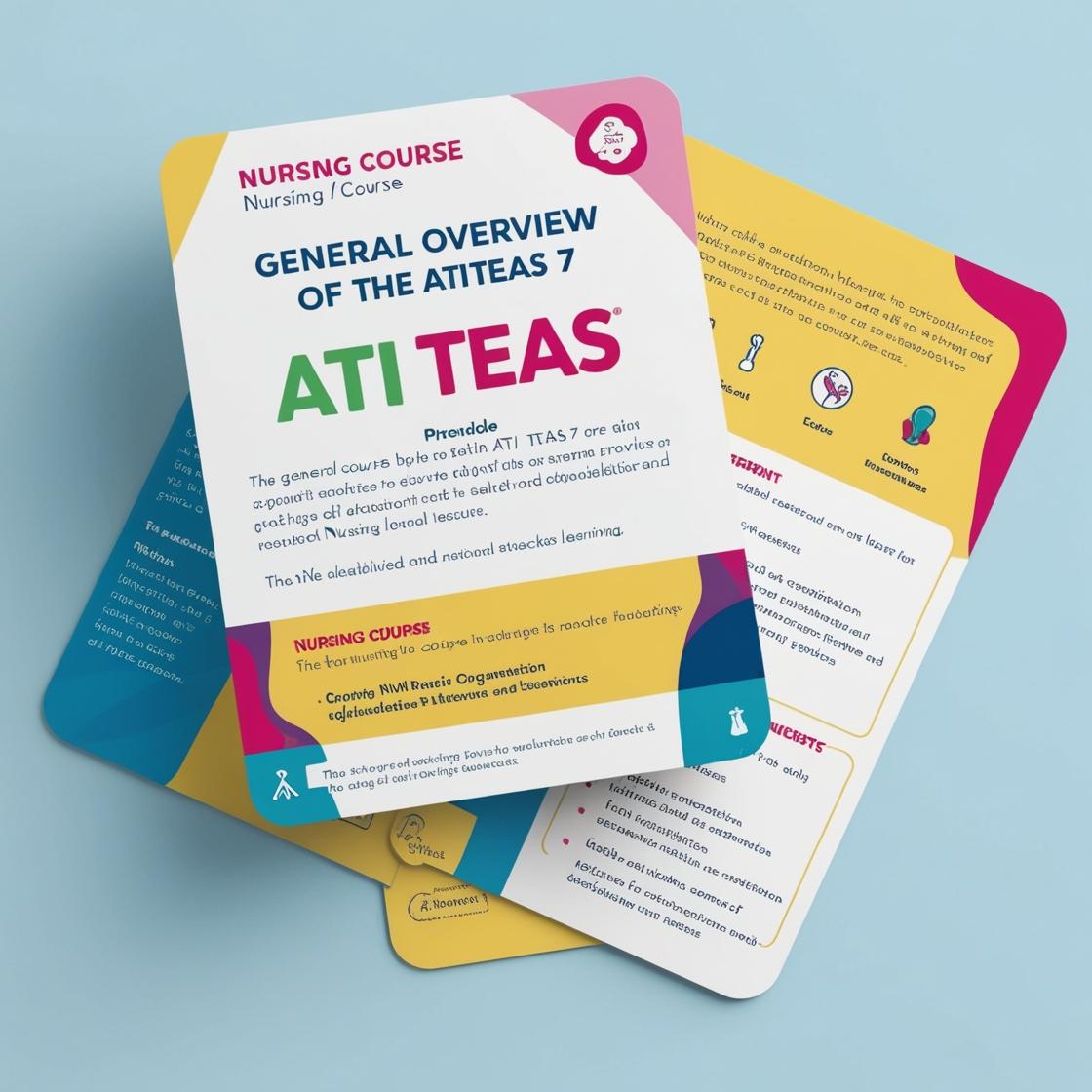ATI TEAS 7
ATI TEAS English and Language Usage
1. Which of the following compound sentences is punctuated correctly?
- A. The Forlows would be spending two weeks in Greece and Turkey.
- B. She was awake the minute the sun came up; although she had been up late the night before.
- C. Diana stepped out into the rain, but she had to turn immediately back inside for an umbrella.
- D. Aziz was astonished; he had never seen horses in the wild before.
Correct answer: D
Rationale: Choice D is the correct answer because it correctly punctuates the compound sentence with a semicolon separating the two independent clauses. The use of a semicolon is appropriate when two closely related independent clauses are joined without a coordinating conjunction. Choices A, B, and C have incorrect punctuation or conjunction usage. Choice A incorrectly uses a comma before 'and,' while Choice B uses 'though' which is not the best conjunction to join the two clauses. Choice C also lacks appropriate punctuation to separate the two independent clauses.
2. Xan was worried about the epidemic she heard about on the news. In the word 'epidemic,' the prefix 'epi-' most closely means:
- A. Badly
- B. On
- C. A lot
- D. A little
Correct answer: B
Rationale: The correct answer is 'B: On.' The prefix 'epi-' means 'on' or 'upon,' as seen in the word 'epidemic.' An epidemic refers to a situation where a disease spreads rapidly and affects many people. Choice 'A: Badly' is incorrect as it does not accurately represent the meaning of the prefix 'epi-.' Choices 'C: A lot' and 'D: A little' are also incorrect as they are not related to the prefix 'epi-' in the context of the word 'epidemic.'
3. Which of the following is the correct tense used in the bold part in this sentence? My grandpa WILL BE WRITING a memoir...
- A. Future progressive
- B. Past perfect
- C. Future simple
- D. Present perfective
Correct answer: A
Rationale: The correct answer is A, Future progressive. 'Will be writing' indicates an ongoing action that will occur in the future, which is the future progressive tense. Choice B, Past perfect, is incorrect as it refers to an action completed before a specified time in the past. Choice C, Future simple, is incorrect as it refers to a simple future action without indicating ongoing progress. Choice D, Present perfective, is incorrect as it does not match the tense used in the sentence.
4. Select the pronoun that could be used in the following sentence: Mrs. Sato, _______ lives down the street, is 99 years old.
- A. she
- B. who
- C. which
- D. whom
Correct answer: B
Rationale: The correct answer is 'B' - 'who.' 'Who' is the correct relative pronoun to introduce the clause 'who lives down the street,' providing more information about Mrs. Sato. The other choices, 'she,' 'which,' and 'whom,' are not appropriate relative pronouns for referring to a person in this context.
5. The swirling snow drifted down all afternoon. Which of the following parts of speech is 'swirling' as used in the sentence above?
- A. Interjection
- B. Article
- C. Adjective
- D. Adverb
Correct answer: C
Rationale: In the sentence 'The swirling snow drifted down all afternoon,' 'swirling' is functioning as an adjective. Adjectives modify or describe nouns, and in this case, 'swirling' describes the noun 'snow.' The word 'swirling' is giving more information about the nature or quality of the snow, indicating that it is moving in a circular motion. Choices A, B, and D are incorrect. An interjection is a word or phrase used to express strong emotions or sentiments, which 'swirling' does not do in this context. An article is a determiner that introduces a noun, and 'swirling' is not serving this function. An adverb typically modifies a verb, adjective, or another adverb, but in this sentence, 'swirling' is not modifying a verb, making it an incorrect choice.
Similar Questions

Access More Features
ATI TEAS Premium Plus
$149.99/ 90 days
- Actual ATI TEAS 7 Questions
- 3,000 questions with answers
- 90 days access
ATI TEAS Basic
$99/ 30 days
- 3,000 Questions with answers
- 30 days access
